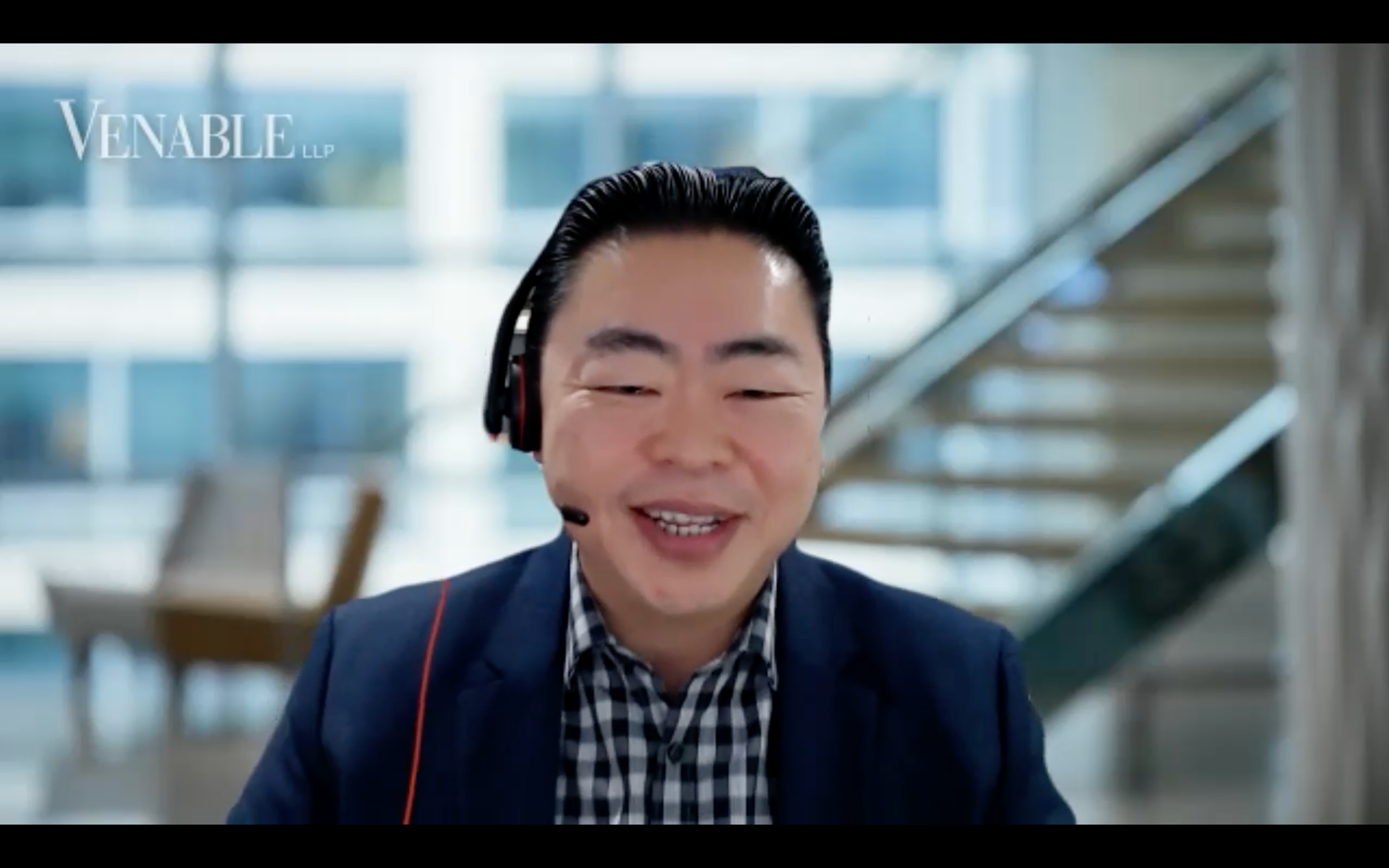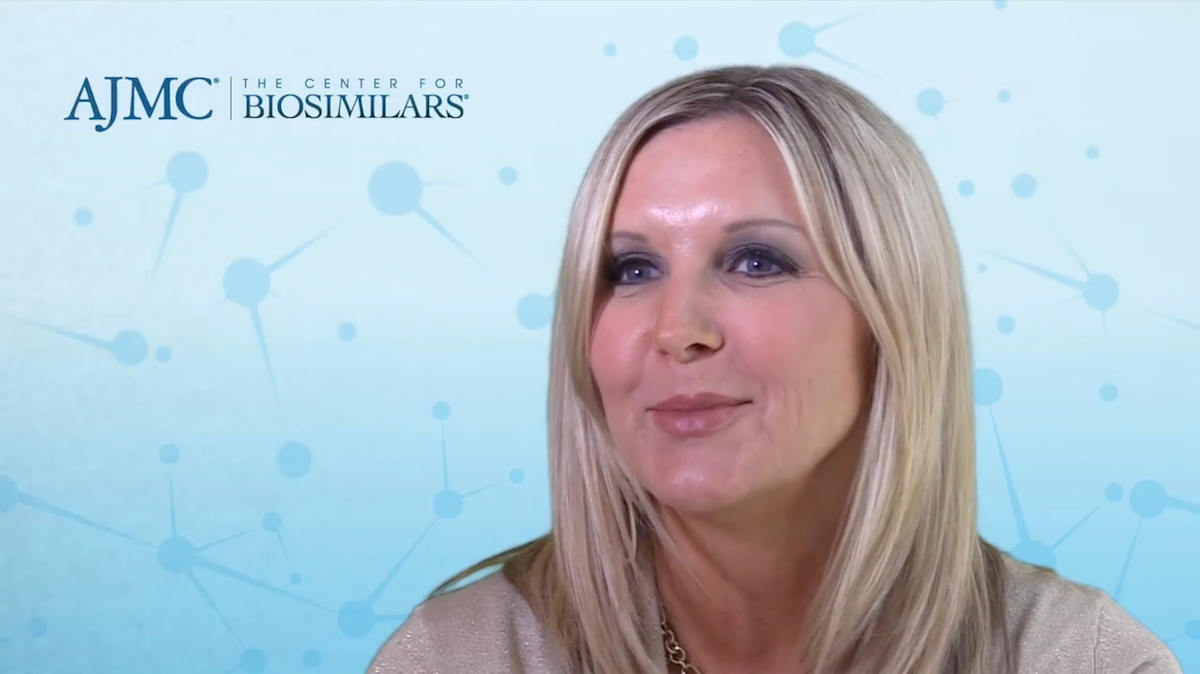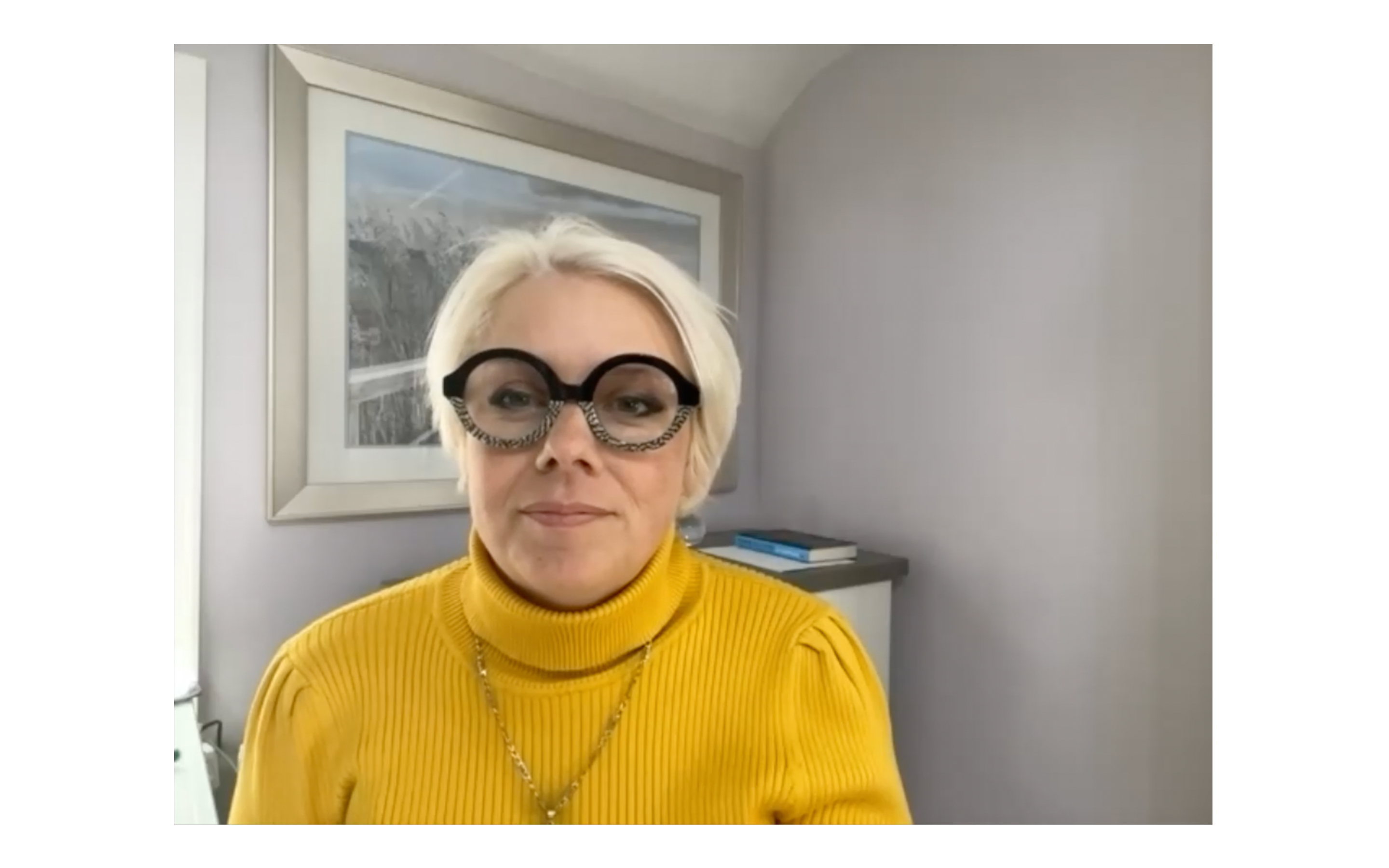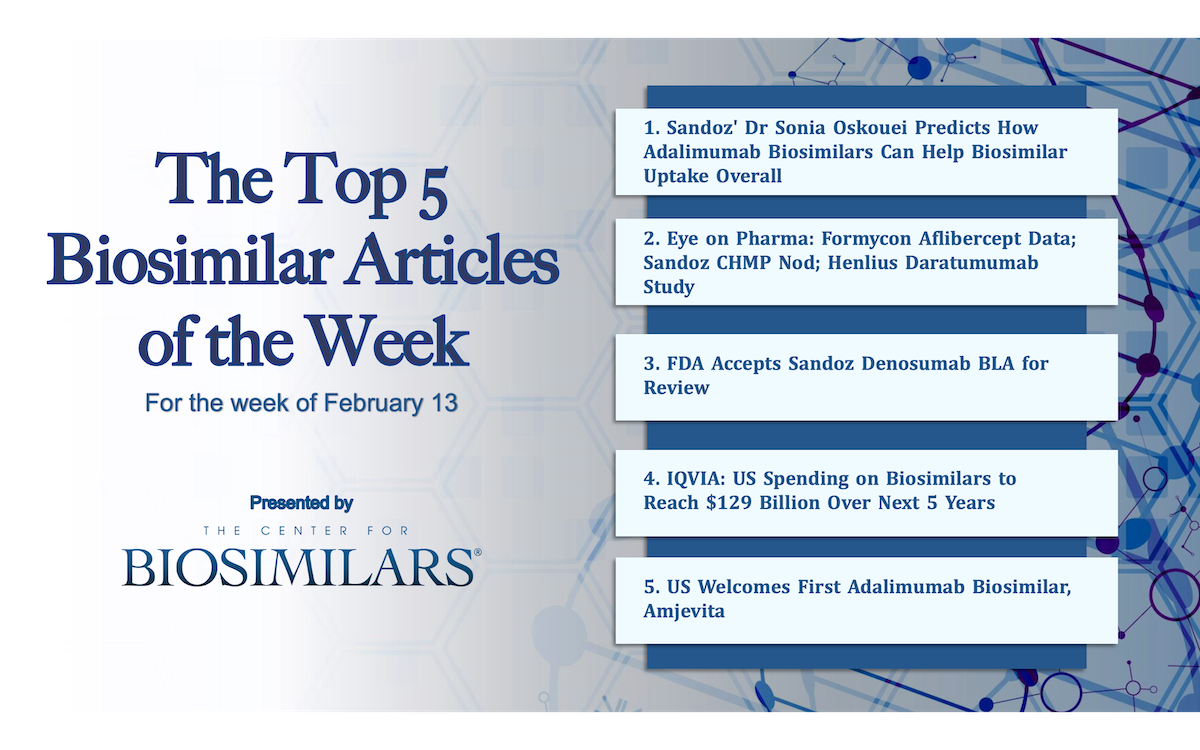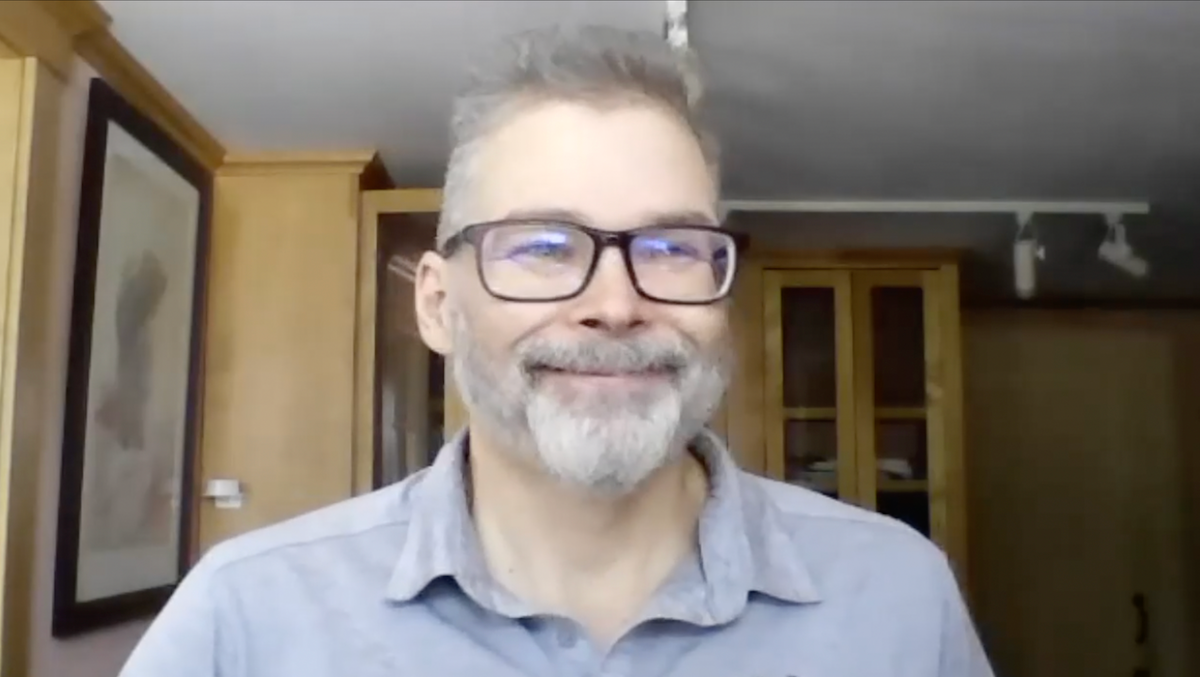- Bone Health
- Immunology
- Hematology
- Respiratory
- Dermatology
- Diabetes
- Gastroenterology
- Neurology
- Oncology
- Ophthalmology
- Rare Disease
- Rheumatology
Supreme Court Hears Oral Arguments in Biosimilar Patent Dance
Oral arguments were heard by all 9 justices of the US Supreme Court on April 26, 2017, in the case Sandoz Inc vs Amgen Inc, on the case concerning the so-called biosimilar patent dance laid out by the Biologics Price Competition and Innovation Act’s (BPCIA) biosimilar approval pathway, and whether it is necessary for the biosimilar maker to notify the reference drug maker 180 days prior to marketing.
Sandoz’s attorney, Deanne Maynard, Esq, maintained that if the Court reaffirms the Federal Circuit’s ruling that the patent dance is not mandatory, it will help ensure a consistent interpretation of BPCIA, allowing both biosimilar applicants and reference product sponsors to make more informed choices on how to use the patent dance, particularly in situations where no patents remain.
Amgen’s attorney, Seth Waxman, Esq, argued that “Congress did not create detailed procedures for resolving biosimilar disputes and repeatedly used the word "shall" merely to have applicants who choose to take advantage of the statute's benefits and use the sponsor's information, then disregard those mandates. The purpose of the BPCIA statute is that the requirements of the patent dance are complied with and the information exchange occurs, and thus all patent litigation is concluded before commercial launch. “That is, in fact, what was said over and over again,” Waxman said.
Oral arguments lasted 70 minutes and included questioning of the Sandoz and Amgen attorneys by 7 of the Supreme Court’s justices. Before the session began, Chief Justice John Roberts took the unusual step of announcing that the court would give each side 5 extra minutes, reflecting the complexity of this case. According to Big Molecule Watch, both sides received skeptical questioning on a number of points, and Amgen’s counsel seemed to receive significantly fewer questions overall.
Sandoz began with its argument about why the additional 180 days would further delay biosimilars from launching, and explaining why providing a biosimilar application to a reference product sponsor, the patent dance, is optional. Sandoz’s attorney Maynard said the BPCIA created a comprehensive and self-contained scheme for the early resolution of patent disputes. “Regardless of the actions an applicant or sponsor take along the way, the end result is the same: patent litigation,” she said. Courts should apply that comprehensive scheme as written and should not look elsewhere for consequences.
Concerning the 180-day issue, the Justices’ questions focused on 2 points:
- Is it possible for a reference product sponsor to write a complaint in good faith before FDA makes a final licensure decision?
- Can the FDA come up with a form of tentative licensure that would be given during the 12-year exclusivity period and would allow notice of commercial marketing, maybe according to Amgen’s reading of the BPCIA?
On the question of whether the patent dance is required, several Justices questioned the attorneys on whether a federal system this complicated could be supplemented with an injunctive (court-imposed) remedy under California state law, or perhaps all 50 states’ laws.
Chief Justice Roberts questioned how the reference drug sponsor would know the specifics of a biosimilar application without the biosimilar maker going through the patent dance and providing the application. “You’re suing, saying this thing infringes on our patent. We don’t even know what ‘this thing’ is.” Amgen’s attorney Waxman said that until FDA decides what the biosimilar will be and authorizes it for specific therapeutic uses and evaluated its manufacturing process, “you can’t give notice of anything.”
Associate Justices Sotomayor and Gorsuch asked what the remedy is. Waxman said, “The remedy question is who, if anybody, can do anything about it, if you don’t comply with ‘shall?’” However, Associate Justice Sotomayor countered that his answer was not quite right: “’Shall’ is if you want to invoke this federal process, this is what you have to do.” Associate Justice Stephen Breyer said, the exchange of information prior to approval isn’t the only remedy.
Associate Justice Anthony Kennedy said he thought it would be within the FDA’s authority to interpret the BPCIA, or it would be sensible for FDA to say, “If you don’t do that and we’ve told you to do that, we’re going to delay the review process.”
Chief Justice Roberts noted that it’s very hard to give a comprehensive answer to the questions presented without considering whether state law allows the same injunction as the federal. “It’s really asking us to put together a puzzle where a big piece is missing,” he said.
Congress explicitly negotiated over the 12 years of exclusivity provided to biologics, Sandoz’s attorney Maynard said, and it should not be extended “in a bizarre way” with the 180-day notice occurring after approval.
The Court will issue a written opinion in late June.
How AI Can Help Address Cost-Related Nonadherence to Biologic, Biosimilar Treatment
March 9th 2025Despite saving billions, biosimilars still account for only a small share of the biologics market—what's standing in the way of broader adoption and how can artificial intelligence (AI) help change that?
From Amjevita to Zarxio: A Decade of US Biosimilar Approvals
March 6th 2025Since the FDA’s groundbreaking approval of Zarxio in 2015, the US biosimilars market has surged to 67 approvals across 18 originators—though the journey has been anything but smooth, with adoption facing hurdles along the way.
Will the FTC Be More PBM-Friendly Under a Second Trump Administration?
February 23rd 2025On this episode of Not So Different, we explore the Federal Trade Commission’s (FTC) second interim report on pharmacy benefit managers (PBMs) with Joe Wisniewski from Turquoise Health, discussing key issues like preferential reimbursement, drug pricing transparency, biosimilars, shifting regulations, and how a second Trump administration could reshape PBM practices.
The Biosimilar Void: 90% of Biologics Coming Off Patent Will Lack Biosimilars
February 5th 2025Of the 118 biologics losing exclusivity over the next decade, only 10% have biosimilars in development, meaning a vast majority of biologics have no pipeline, which limits savings potential for the health care system.



